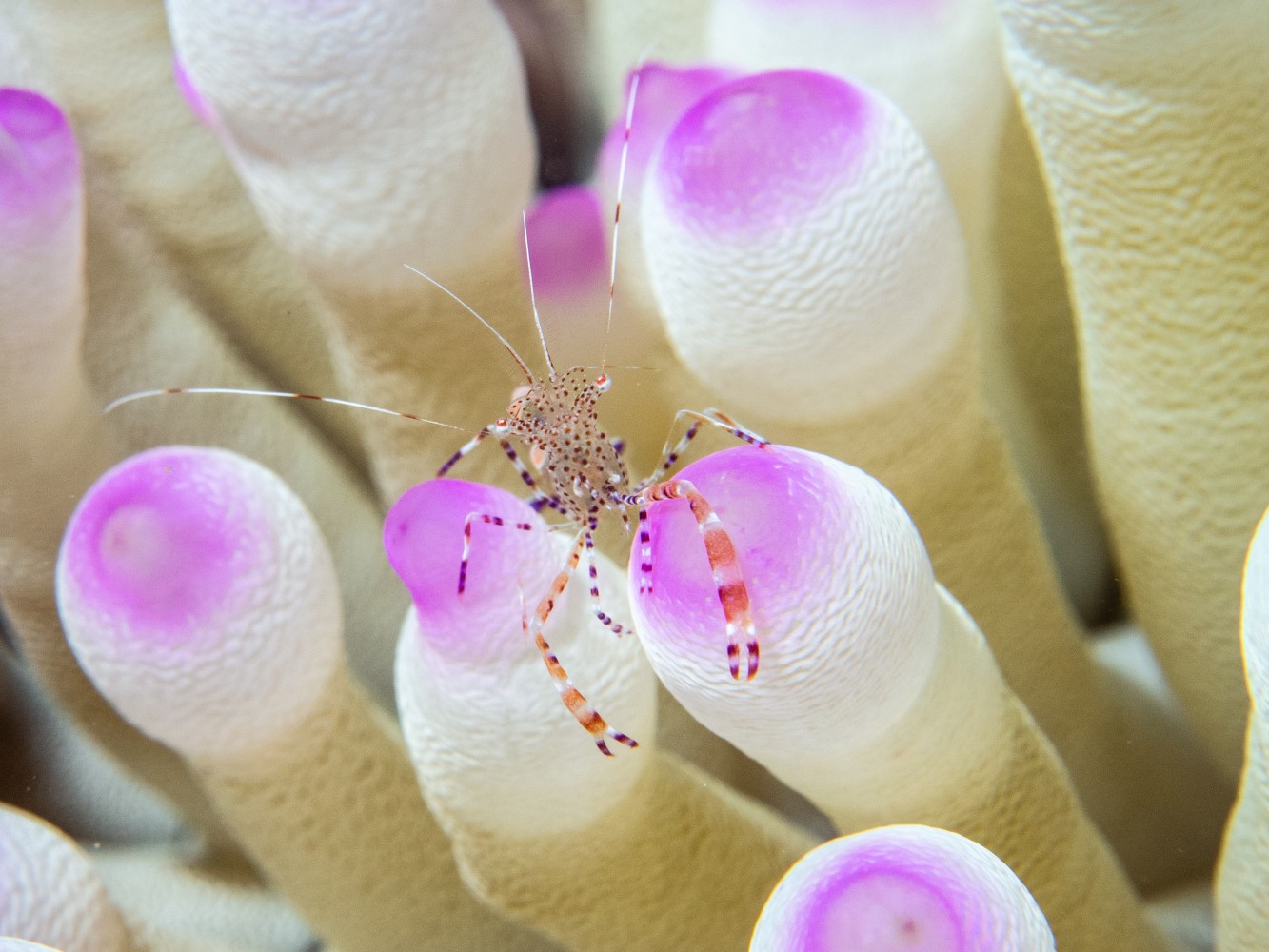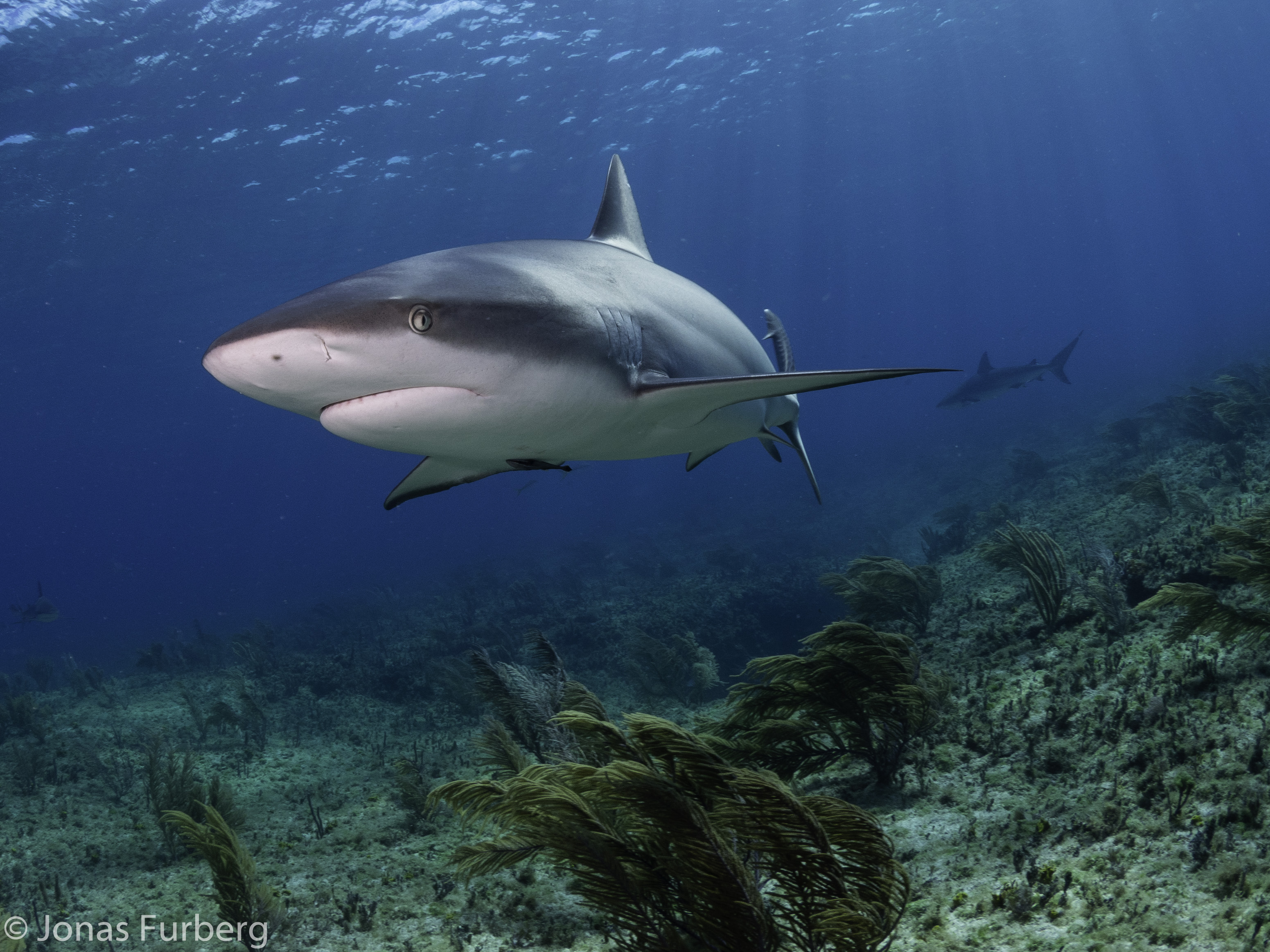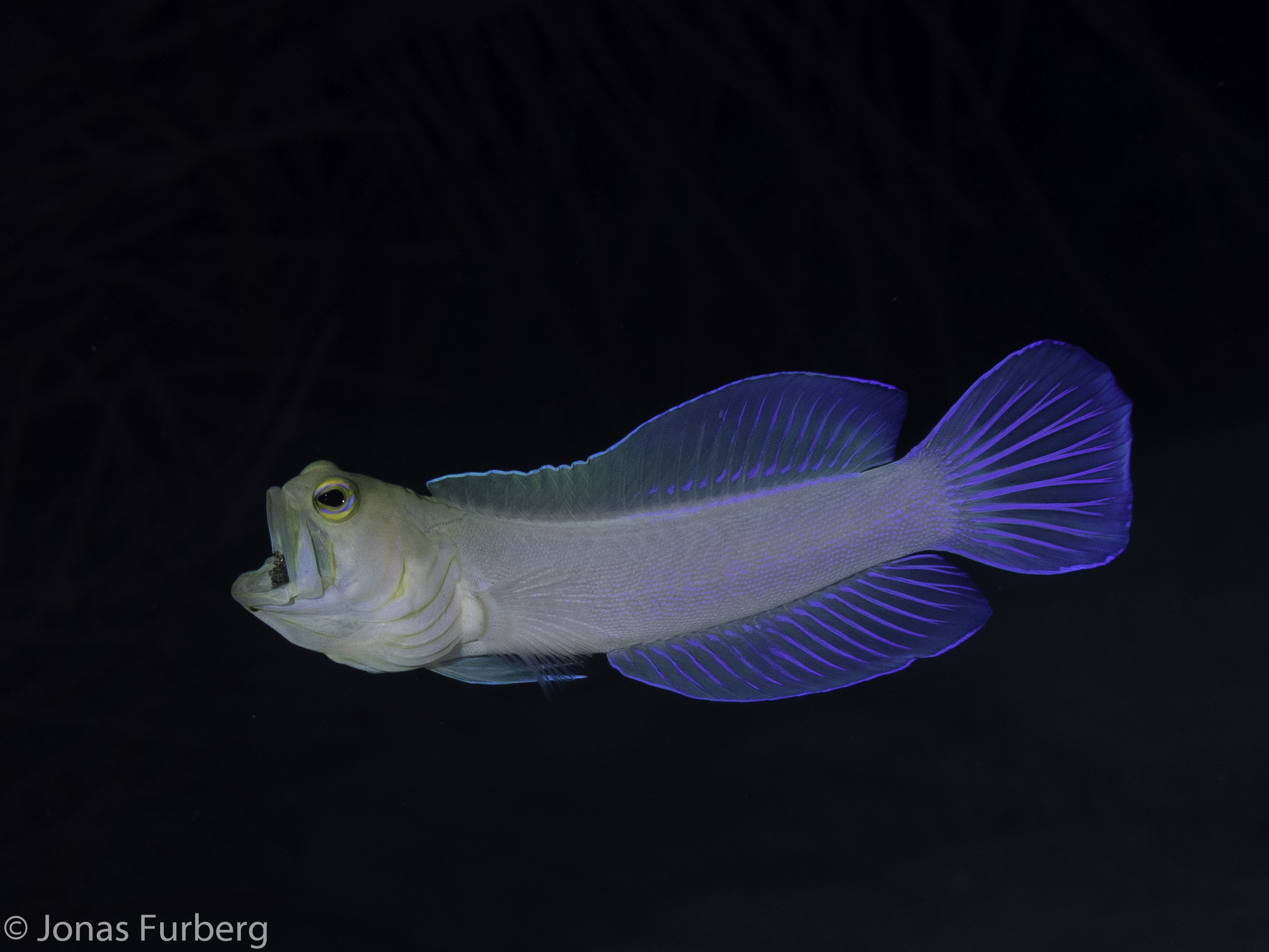We know how it goes: you dry off from a dive, eager to load your photos onto your laptop or iPad to see if THAT SHOT actually came out. The one with that fish you were stalking forever! The one your friends will not believe you actually saw unless you have a picture for proof.
You transfer all of the files and then....fish butts. Or colorful blurs as they streaked by. In any case, these are NOT the photos you were hoping for.
You are not alone. This is a common issue for a lot of divers still getting a handle on underwater photography. Our subjects are not the most patient and they’re never in an easy place to line up the perfect shot. Plus, there’s a whole lot of substance (water) between you and your subject and trying to remain still and neutrally-buoyant is an issue we don't generally worry about on land.
However there are a few secrets we’ve learned over the years that can help you take better photos, especially of those elusive shy critters. With time, practice, patience and a little knowledge, you can get the photos you’ve been waiting for!
 1) Go slow
1) Go slow
I remember when I was a new diver; I wanted to cover as much reef as possible! I wore myself out swimming and burning through air. It wasn’t until Jonas shoved a camera into my hands that I actually stopped swimming and started looking.
Not only to you notice more things when you slow down. The animals you’re hoping to see are also less likely to feel threatened if you’re calmly hovering nearby and not finning wildly and making tons of bubbles. Slow down, work on your buoyancy and keep an eye out for interesting subjects.
2) Pay attention to the guide
The dive guide is there for your safety but also to point out things of interest on the dive. If you’re new to a site, be sure to follow the guide and pay attention when they point out a new find. Guides know where the octopus hides, where to find turtle cleaning stations AND their eyes are keenly practiced at spotting things underwater that you might otherwise miss.
Every time you see a new creature – a new species of fish, coral, sponge or another kind of invertebrate – you add to your growing mental image library of what to look for later. Note their body shape, where they are on the reef, how they move in the water. These are critical points to remember when you’re diving later in a similar environment. You may have missed out on a new subject over many dives if you weren’t paying attention to the guide!
3) Look for easy photo opps
There are some spots that you can always look to for getting interesting shots. Cleaning stations are all over the reef if you know where to look. If you see a number of fish hovering around the same spot, chances are a cleaner wrasse or goby is hard at work picking parasites off their customers. If you are slow and patient, you can get some really interesting photos!
Another favorite subject of photographers are anemones and their inhabitants. If you find an anemone and look closely, chances are very good you’ll see tiny cleaner shrimp (or a whole family of them)! If you have a macro lens and some patience, these little guys will pose for you and maybe even try to clean your lens.
 4) Before approaching, watch for patterns in their behavior
4) Before approaching, watch for patterns in their behavior
Want to be in the right place for the perfect shot? Start looking for patterns in animal behaviors.
Jonas is careful to watch where reef sharks are going for a few minutes before moving in for a shot. They don’t move at random; they often circle through on the same route at least a few times before moving to another area. If you know where they are headed next, you can line yourself up to get a fantastic head-on portrait with a big toothy grin!
5) Stay low
Fish are extremely tuned in to the presence of potential predators. And most often these predators are approaching from above, higher in the water columm. Just like most divers.
Want to make yourself as non-threatening as possible? Move as slowly and calmly as possible and approach low to the bottom. Think like a fish - anything coming at you quickly from above is terrifying! If you truly want to capture some share-worthy shots, you’ll need to practice the low and slow approach.
6) Watch your bubbles
You’ve probably realized it by now, but bubbles are intimidating to a lot of underwater critters. They are loud, large and seem to appear really quickly out of nowhere. Anyone who has ever waited for a shy jawfish to emerge from her home understands the frustration!
If you are moving in for a shot of a bubble-shy fish, breathe slowly and consider exhaling through your nose if you can. It diffuses the bubbles through your mask and is a lot quieter and less startling for your subject.
7) Learn about your subjects
The most important tip we can give you is to learn about the animals you're trying to photograph underwater. In a Fish ID class you can learn not just how to identify common fish families and individual species, but also how they swim, where you can find them, what they eat and more. This kind of information is invaluable if you want to get the best possible shots of these incredible creatures and their fascinating behaviors!
Want to learn more? Contact us for some unique opportunities to help you make the most of your diving.

